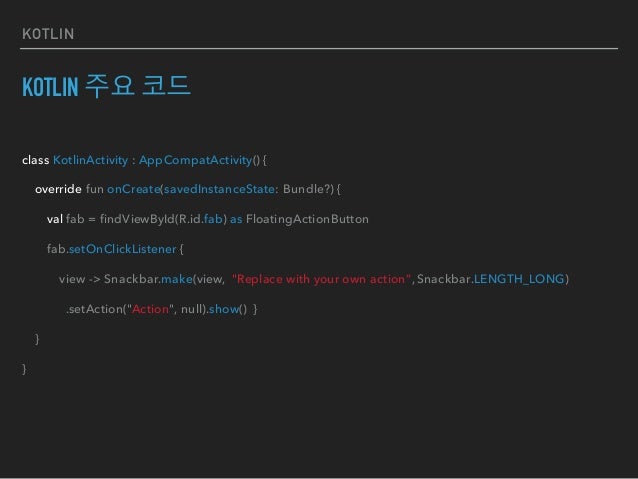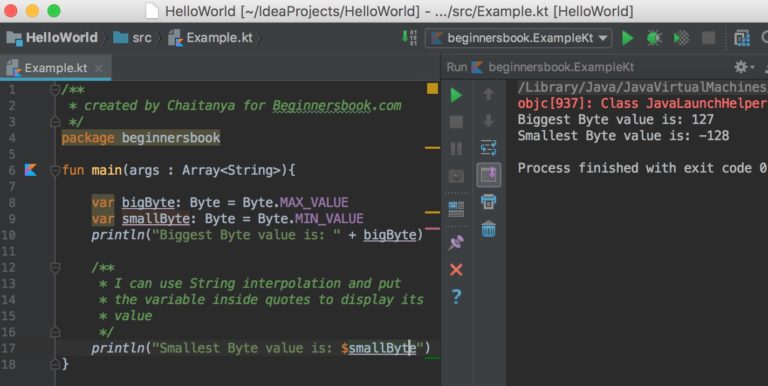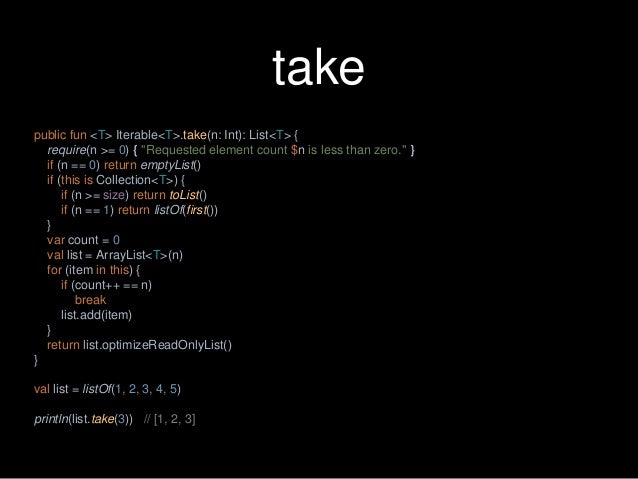


Kotlin For loop start from a given index. How to make a traditional for-loop in Kotlin. How to get the current index in for each Kotlin. Actually it isn't - the documentation says it creates an immutable view of the list. Note that in both cases, the index is still accessible via the implicit it lambda parameter. Starting with Dart 2.7, you can use extension methods to extend the functionalities of Iterable instead of having to write helper functions: extension ExtendedIterable on Iterable ) would be really inefficient because it looks like it is converting the list to a map. Or swap the foreach loop with the for loop. Create a tuple that returns both the element’s value and its index. Print('index: $index, element: $element') Luckily, there are several ways to get an index variable with foreach : Declare an integer variable before the loop, and then increase that one inside the loop with each loop cycle. In this tutorial, we’re going to look at the different types of loops supported by Kotlin: repeat for loop while loop do.while loop Let’s start by looking at the repeat statement. iterate using for loop in kotlin with index property, without index or withIndex(). They allow for repeated execution of one or more statements until a condition is met. use kotlin for loop to iterate through array, string, range etc. action - function that takes the index of an element and the element itself and performs the action on the element. The forEachIndexed is an inline function that takes an array as input and allows us to access its index and values independently. Index is just a view to the data, not a property of data.


The withIndex function packs each element into IndexedValue, which contains both the elements and. Introduction Loops are one of the basic constructs of any programming language. Performs the given action on each element, providing sequential index with the element. This is indeed the correct answer semantically, for each loop can iterate through streaming data from a remote database which is being updated while youre iterating through its contents (if the used iterator actually does that) in which case theres no way of knowing the current index. Note that unlike javascript's array.map() or C#'s IEnumerable.Select(), the index is the first argument, not the second argument of the callback: import 'package:collection/collection.dart' įinal inputs = įinal indexes = inputs.mapIndexed((index, element) => index).toList() Selection from Android Development with Kotlin Book. If we don’t mention the init function, all the elements are initialized with 0.You can use the mapIndexed or forEachIndexed extension methods from the collection package. The forEachIndexed () outputs the index items and their values. It is an inline function that accepts an array as an input. We can use the forEachIndexed () function to retrieve the current index. The get() method takes the index of the element as an argument and returns the corresponding element. Get the Current Index of an Item in a forEach Loop Using forEachIndexed () in Kotlin. Val usersList = arrayOf("Steven", "Michelle", "Emma")


 0 kommentar(er)
0 kommentar(er)
